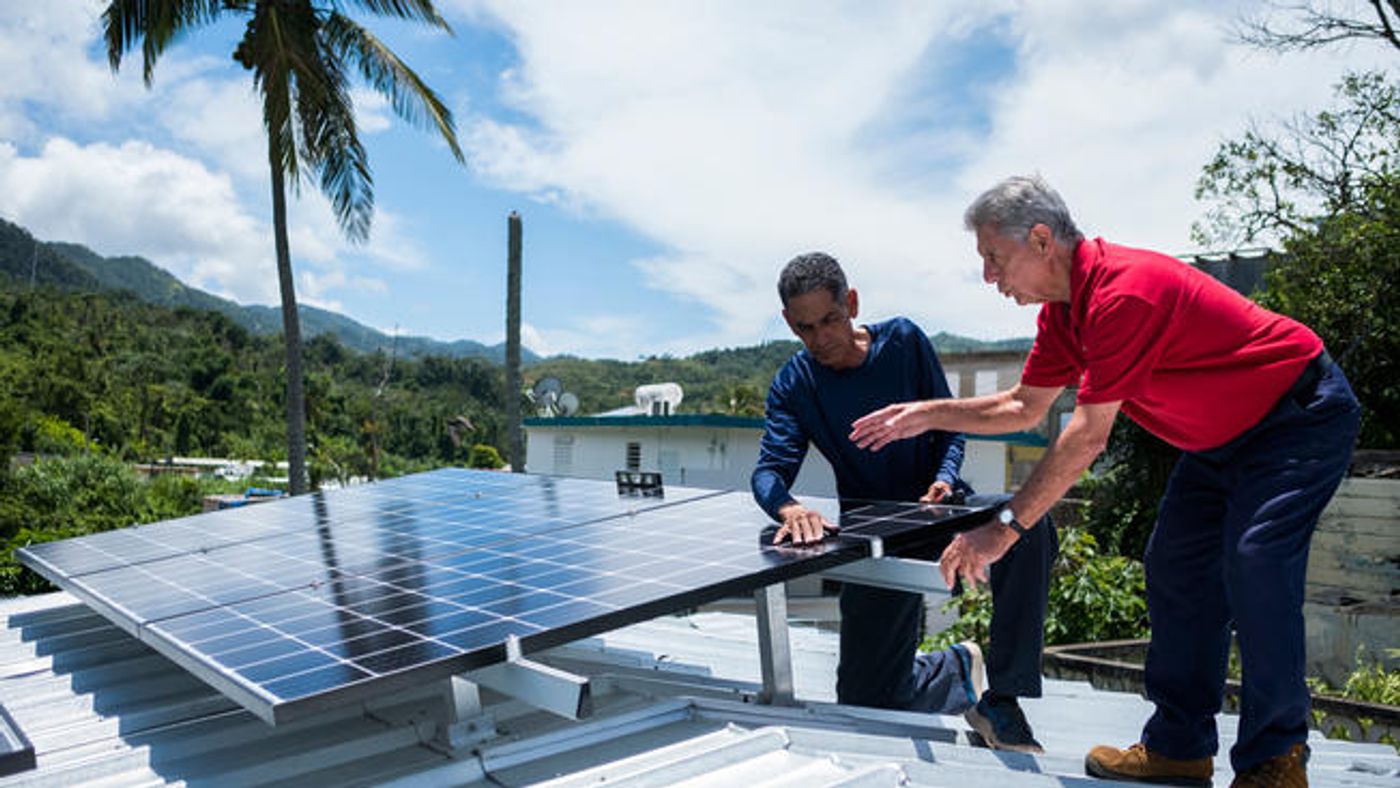Puerto Rico commits to 100% renewable energy by 2050
Puerto Rico Governor Ricardo Rosselló recently signed a renewable energy mandate committing the island to 100% renewable energy by 2050. Puerto Rico joins a growing list of states, cities, and counties making similar commitments.
Currently, Puerto Rico depends on expensive imported oil, gas and coal. That will have to stop if Puerto Rico is to reach its goal. In order to facilitate its transition, the Public Energy Policy Law of Puerto Rico is setting strict deadlines for the Puerto Rico Electric Power Authority (PREPA). For example, 40% of the territory’s power must be sourced from renewables by 2025. Additionally, PREPA will have to stop burning coal at the 454 MW Guayama facility by 2028. The mandate also creates deadlines for PREPA to connect the various solar power sites around the grid: 90 days for medium-sized systems (25 kW to 5 MW) and automatic interconnection for small projects (under 25 kW), according to Utility Dive.
“I’m pretty sure that this will be, by leaps and bounds, the quickest transition to renewables that’s ever happened anywhere on the planet,” said P.J. Wilson, president of the Solar and Energy Storage Association of Puerto Rico. “To go from [2] percent today to 40 percent by five years from now will be the biggest challenge the renewable energy industry [in Puerto Rico] has ever faced, on top of a very challenging political situation and a challenging financial situation.”
Sounds pretty good, right? But there is a hiccup in this plan. As a result of the destruction from Hurricane Maria, which left roughly 1.5 million residents without power for months, PREPA's utility grid is still quite fragile, according to PREPA CEO José Ortiz Vázquez. Because of this, the Department of Energy has suggested putting in a huge gas generator in San Juan, which would make the island less vulnerable to power outages. However, it would also increase the territory’s dependence on gas while it is supposed to be scaling down on that front.
It’s unclear how Puerto Rico will manage that. "We have to create a harmony between the transition and the investment in the transitional infrastructure in order to be able to move into renewables without a lot of debt from natural gas infrastructure," said Ortiz. He said PREPA is considering a smaller plant than the government recommended. "If we go that big in size, it will harm the growth of the renewables."
Sources: Utility Dive, Vox









